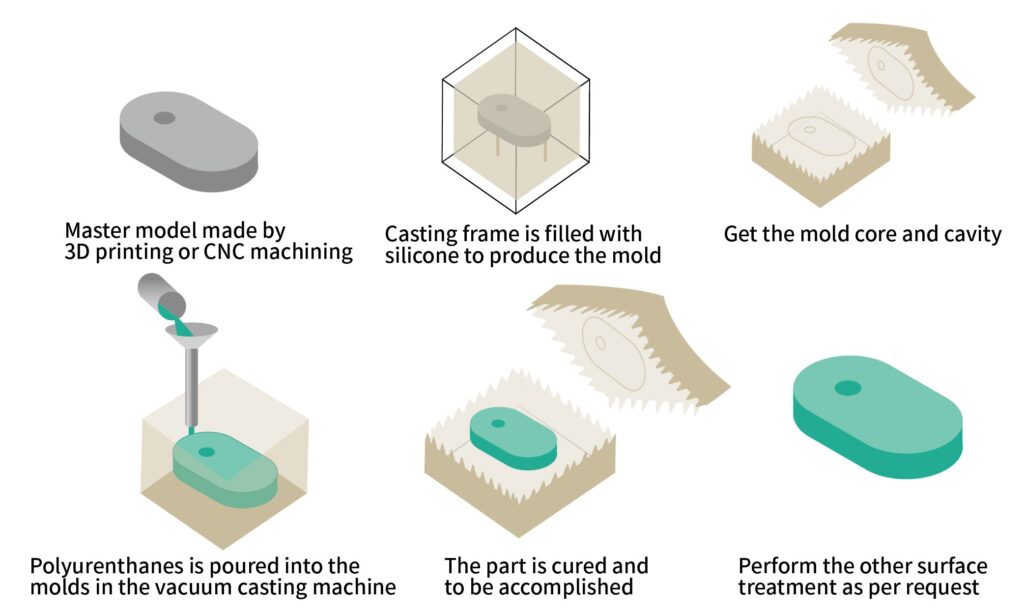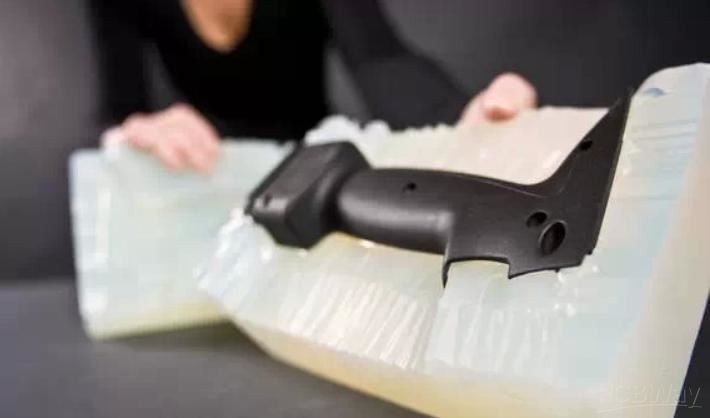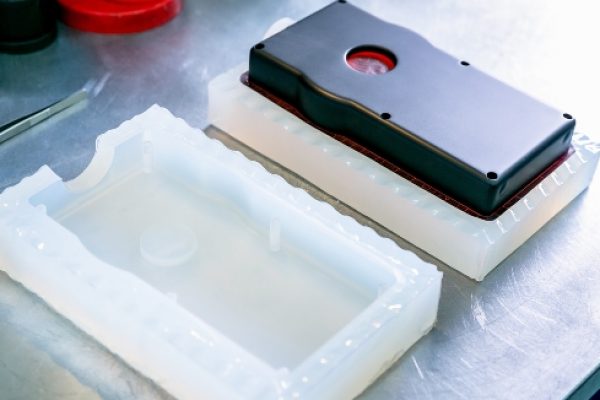Urethane Casting and Vacuum Casting
Vacuum casting, also known as urethane casting, is a versatile and cost-effective manufacturing process widely used in prototyping and small-scale production. This method involves pouring urethane resin into a silicone mold, which is created from a master model. The use of a vacuum chamber during the casting process ensures high-quality, bubble-free results with excellent detail and surface finish. AS Prototypes specializes in providing top-notch vacuum casting services, perfect for producing high-quality rubber and plastic items in limited quantities.
Step-by-Step Vacuum Casting Process at AS Prototypes
3D Model Creation: The process begins with the creation of a precise 3D model of the part, typically using advanced 3D printing or CNC machining. This model serves as the master from which the mold is made.
Silicone Mold Fabrication: The master model is suspended in a casting box, and silicone is poured around it under vacuum to capture every detail. The silicone is then cured to form a durable mold.
Polyurethane Resin Mixing and Casting: The polyurethane resin is carefully mixed and heated before being poured into the silicone mold under vacuum. This step is crucial for ensuring the cast parts are free of air pockets and defects.
Part Removal and Post-processing: After the resin cures, the final part is removed from the mold. Additional post-processing, such as trimming and polishing, enhances the part’s aesthetic and functional qualities.
Design Guidelines for Vacuum Casting
To ensure optimal results, AS Prototypes recommends the following design considerations:
- Wall Thickness: Maintain consistent wall thickness, ideally around 1.5mm, to ensure structural integrity.
- Tolerances: Account for a 0.15% shrinkage during the molding process.
- Ribs and Bosses: Include ribs to prevent warping and design bosses to enhance attachment points, ensuring they do not exceed 60% of the nominal wall thickness.
- Undercuts and Embossed Details: Vacuum casting allows for undercuts without additional inserts and supports embossed details for text and logos.
Material Options and Surface Finishing Techniques
AS Prototypes offers a variety of materials for vacuum casting:
- General-purpose resins, glass-filled compounds, elastomers, and more, each selected based on the desired properties of the final product.
For surface finishing, options include:
- Vacuum Metalizing, Vapor Polishing, Silk screening, Painting, and more, allowing for a range of aesthetic and functional finishes.


Applications Across Industries
Vacuum casting is highly adaptable, making it ideal for multiple industries:
- Automotive: Prototypes and low-volume parts like dashboards and covers.
- Medical: Custom prosthetics and medical device prototypes.
- Aerospace: Precision components for aircraft.
- Consumer Goods: Prototypes for household appliances and electronics.
Technical Specifications and Benefits
With AS Prototypes, clients can expect:
- Flexible material choices and maximum part dimensions dictated by the vacuum chamber size.
- Quick turnaround times, typically less than 15 days.
- High dimensional accuracy and the ability to replicate complex features.
Comparing Vacuum Casting with Other Manufacturing Processes
When deciding between vacuum casting and other processes like injection molding or 3D printing, consider:
- Injection Molding: Suitable for high-volume production but with higher initial costs.
- 3D Printing: Ideal for complex, one-off prototypes but less efficient for multiple copies.
Choose AS Prototypes for Expert Vacuum Casting Services
At AS Prototypes, we are dedicated to turning your innovative designs into reality with precision and efficiency. Our expertise in vacuum casting ensures that every project meets high standards, from conceptual design to functional prototypes and end-use parts. Contact us today to see how we can assist with your next project, ensuring quality and satisfaction.
FAQs
- Cost: Vacuum casting is cost-effective for small batches, with molds typically costing between $200 and $1000, and parts ranging from $10 to $100 each.
- Scale: While ideal for small to medium batches, vacuum casting is less suitable for large-scale production due to its manual nature and slower output compared to other technologies.
- Complex Designs: Vacuum casting excels at producing parts with complex geometries and intricate details, outperforming many traditional manufacturing methods.
For more information or to start your project with AS Prototypes, visit our website or contact our team directly. Let us help you bring your visions to life with precision and quality through vacuum casting.

